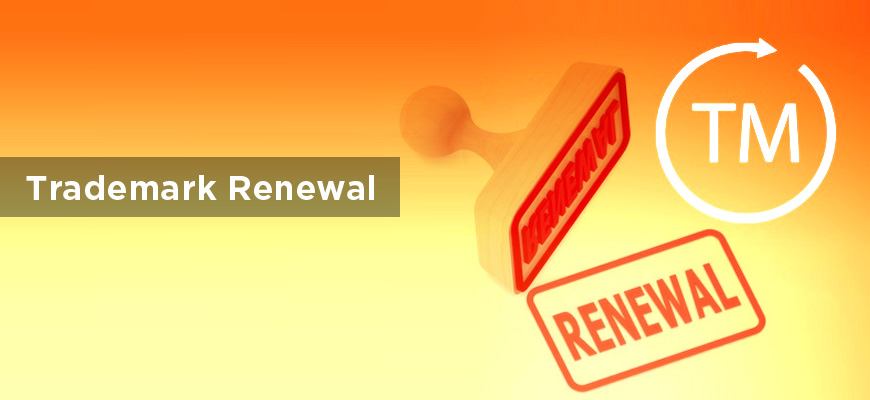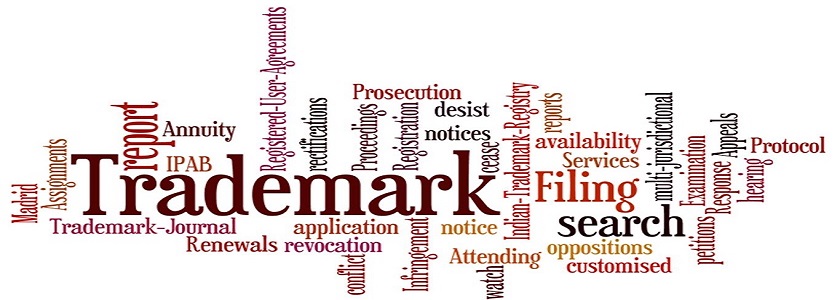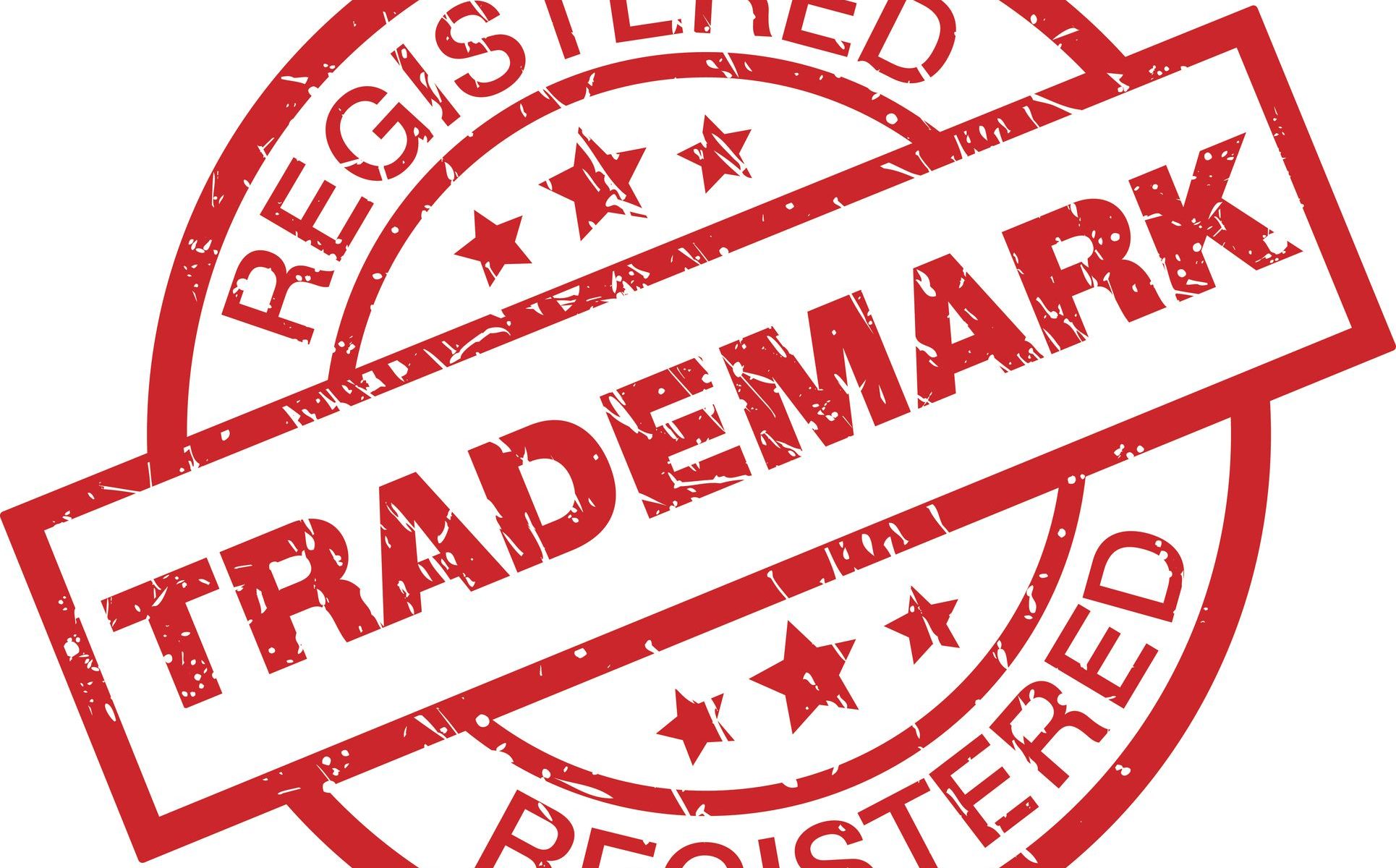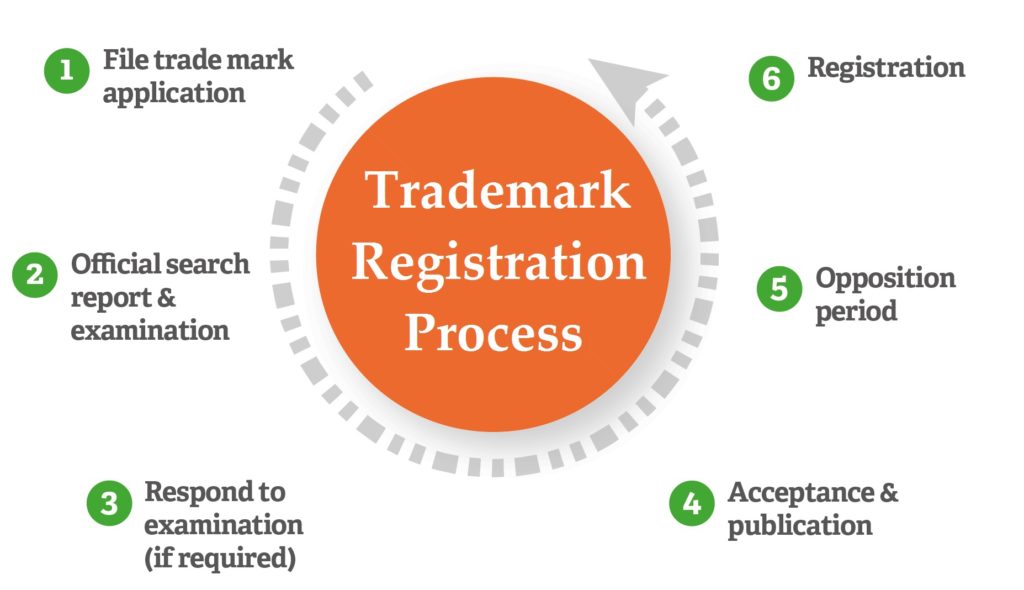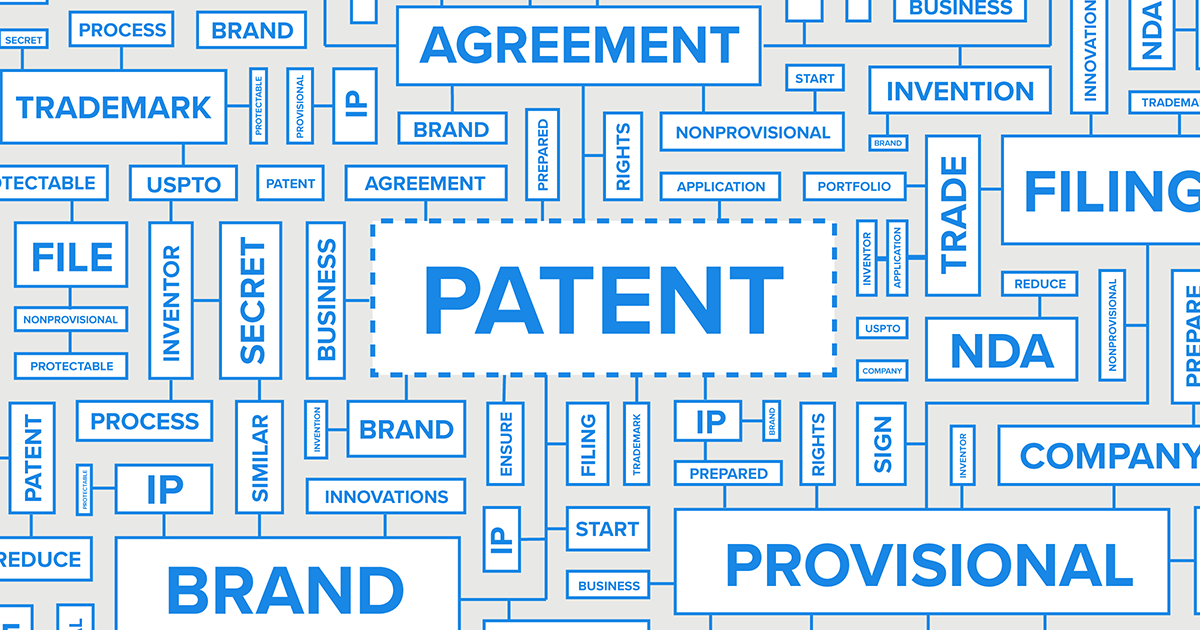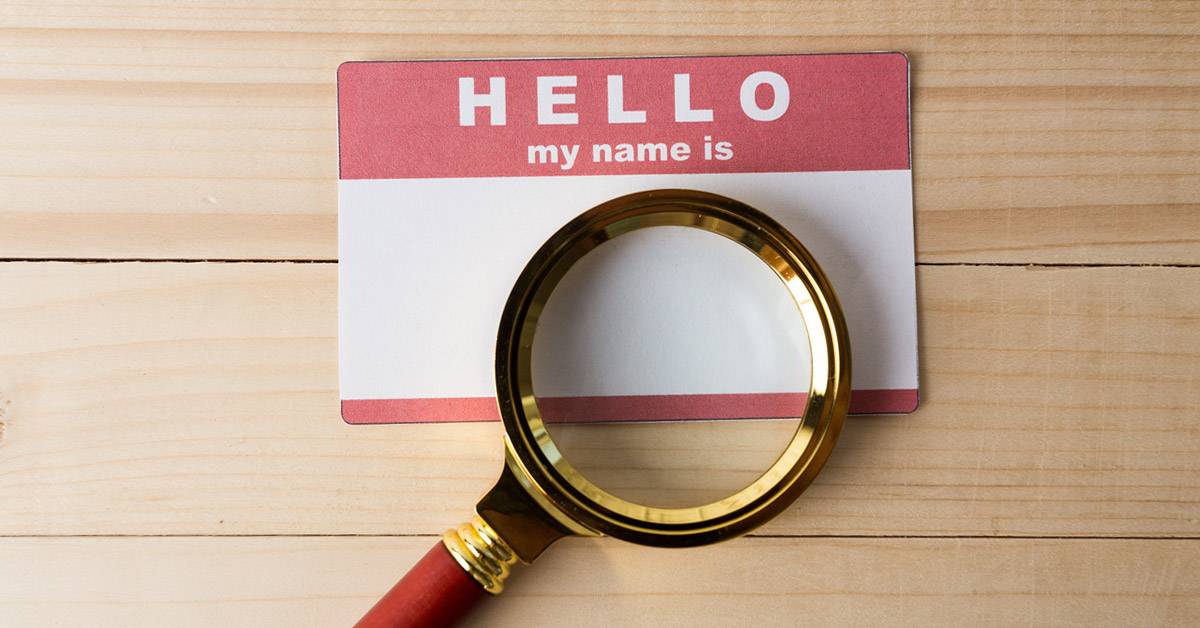The Trademark Renewal can be defined as a process of restoration of all terms ,conditions , rights and security which a trademark provides to the business or a company.
- RENEWAL TIME PERIOD OF TRADEMARK –
The trademark has a validity time period of 10 years and later on the company or business need to renew the registration without wasting time.
The organisation should register within 6 months before expiration after 06 months of the expiration or within one year of expiration.
- RESTORATION OF TRADEMARK AFTER BEING REMOVED FROM REGISTER –
A Trademark can be restored even after being removed from the register .the process involves filing TM -10 and TM-13 forms along with the prescribed fee within one year of the trademark expiry.
- DIFFERENCE BETWEEN TRADEMARK REGISTRATION AND TRADEMARK RENEWAL –
The Trademark registration leads to protection of the brand name and its right to use from any misuse.The trademark renewal on the other hand leads to the extension of the protection of the product brand and its rights for the next 10 years.
- CONSEQUENCES FOR NON RENEWAL OF TRADEMARK WITHIN TIME LIMIT –
In case the renewal is not being applied within the specified time frame ,the trademark gets removed from the register immediately.One should remember that the maximum time to apply for the renewal of a trademark is 12 months after the expiry of the trademark registration.
- TRADEMARK BEING REMOVED ON BASIS OF NON USE –
When a trademark is not being used for the period of consecutive 05 years from the registration date or not used for a period of 03 months before date of application for removal ,thereafter it can be removed .
- TRADEMARK OWNER BEING INITIATED ABOUT RENEWAL OF TRADEMARK –
The trademark owner is always initiated about the trademark renewal and it is done through IP India.An electronically generated notice is being sent from the trademark automation system and is delivered to the owners address through the registered post.
- TRADEMARK RENEWAL NOT DONE IN DUE TIME AND OTHER COMPANY REGISTERS THE SAME –
In case the trademark renewal is not done by the owner in a specified time frame after the expiration , it goes available in the public domain and anyone can apply for the registration and the previous owner has no right to stop the registration since he does not have the rights of that particular trademark.
- ANYONE ELSE APPLY FOR RENEWAL ON PLACE OF TRADEMARK OWNER –
In case , the owner is not available to apply for trademark renewal , the renewal can be done through his /her authorized agent , administrator ,managing trustee etc.
- OBJECTION BEING RAISED DURING TRADEMARK RENEWAL –
During the renewal of trademark when an objection is being raised , a letter of query is being sent to the applicant.There after the renewal process remains pending till a response from the applicant is not being received.
- CAN A TRADEMARK CLASS CHANGE DURING RENEWAL –
No , a trademark class once registered cannot be changed by the entity or there cannot be any modification once after the registration.

